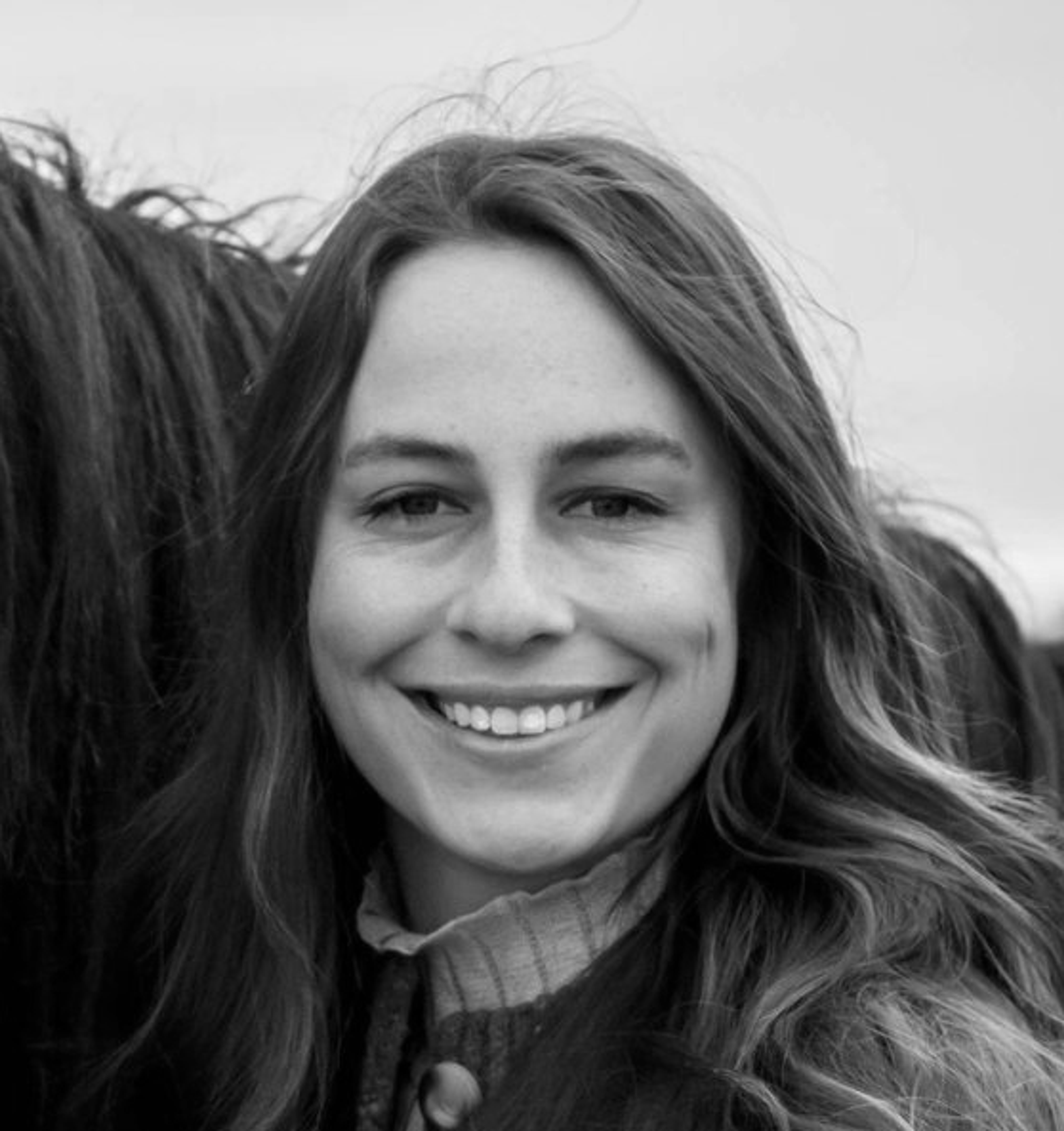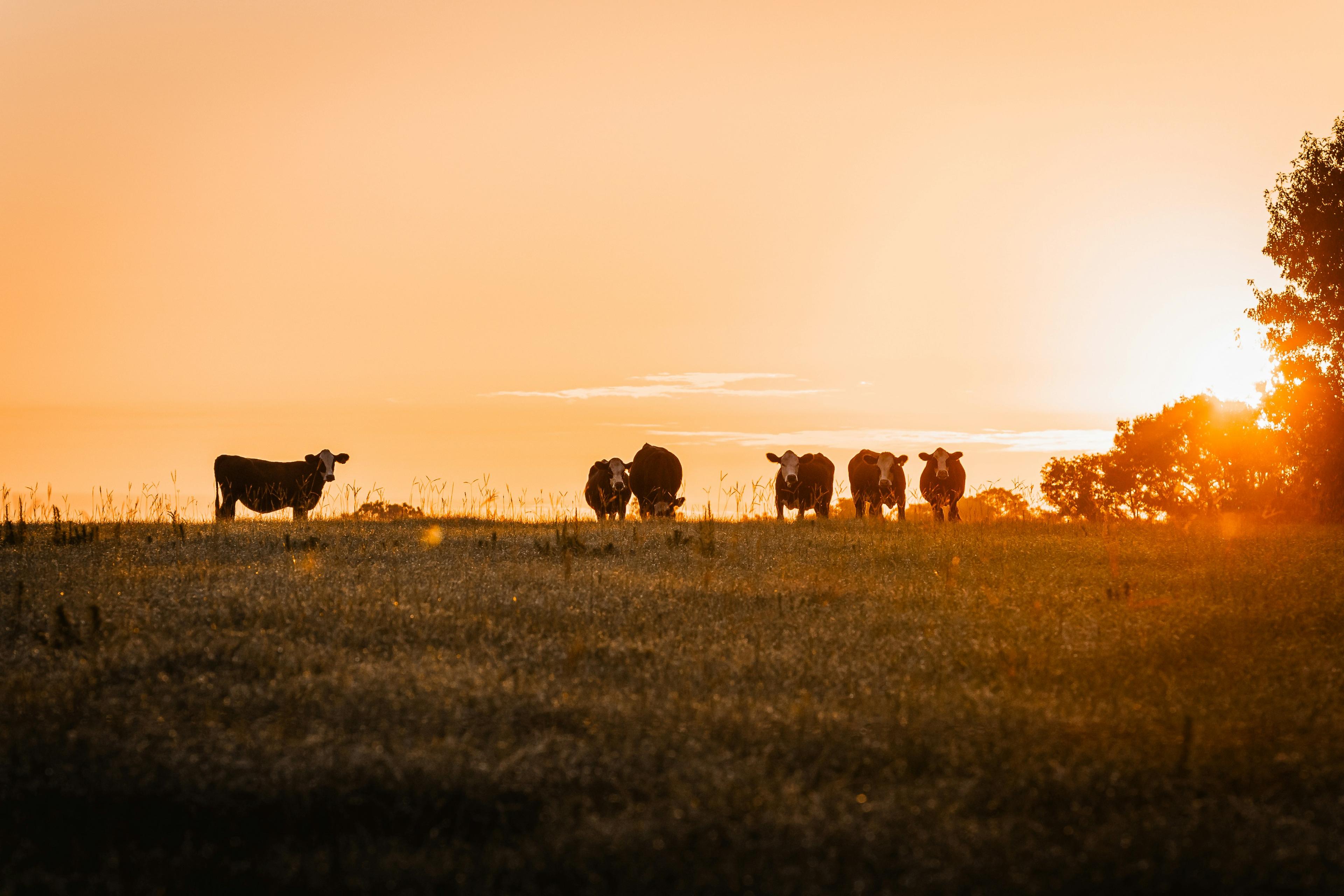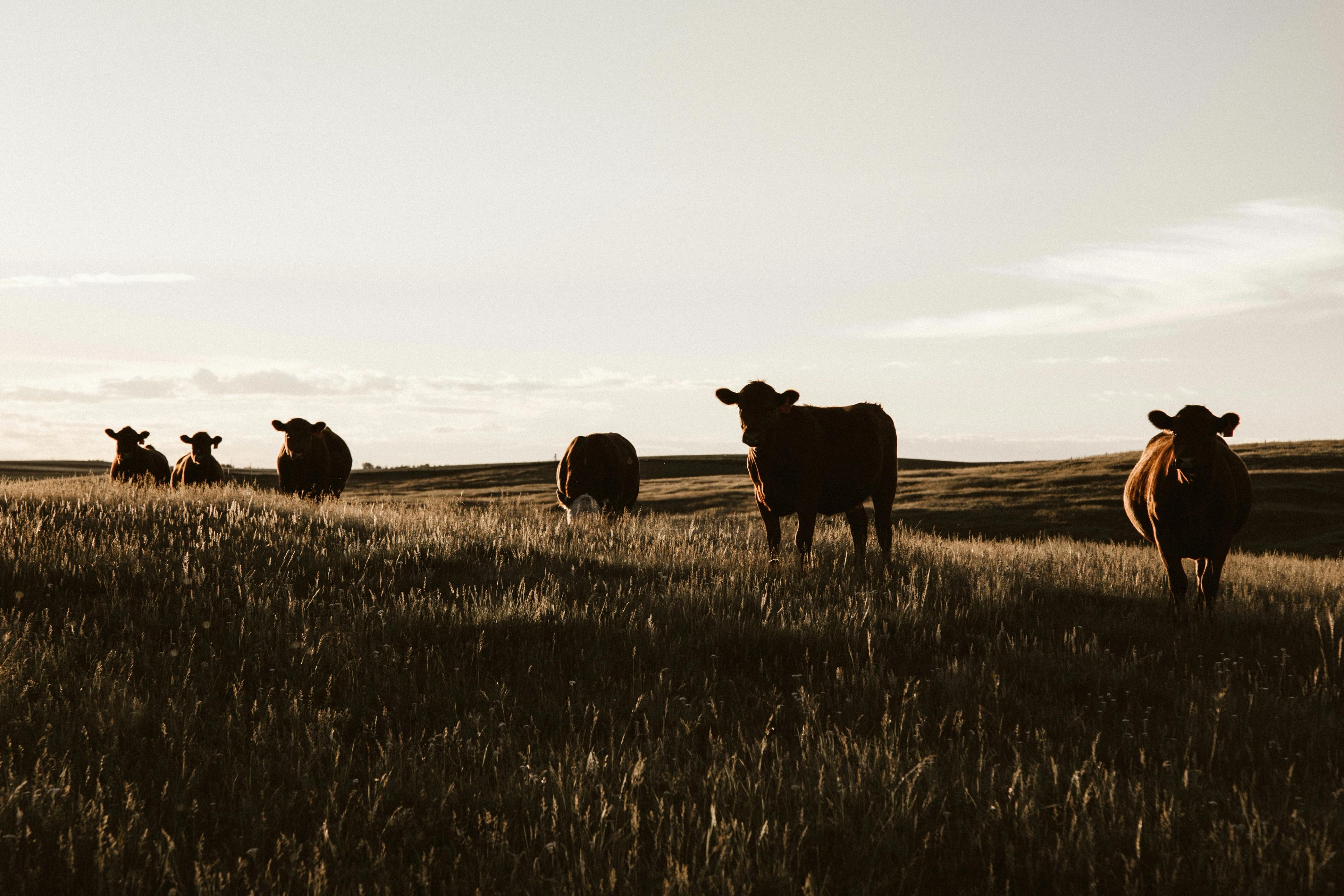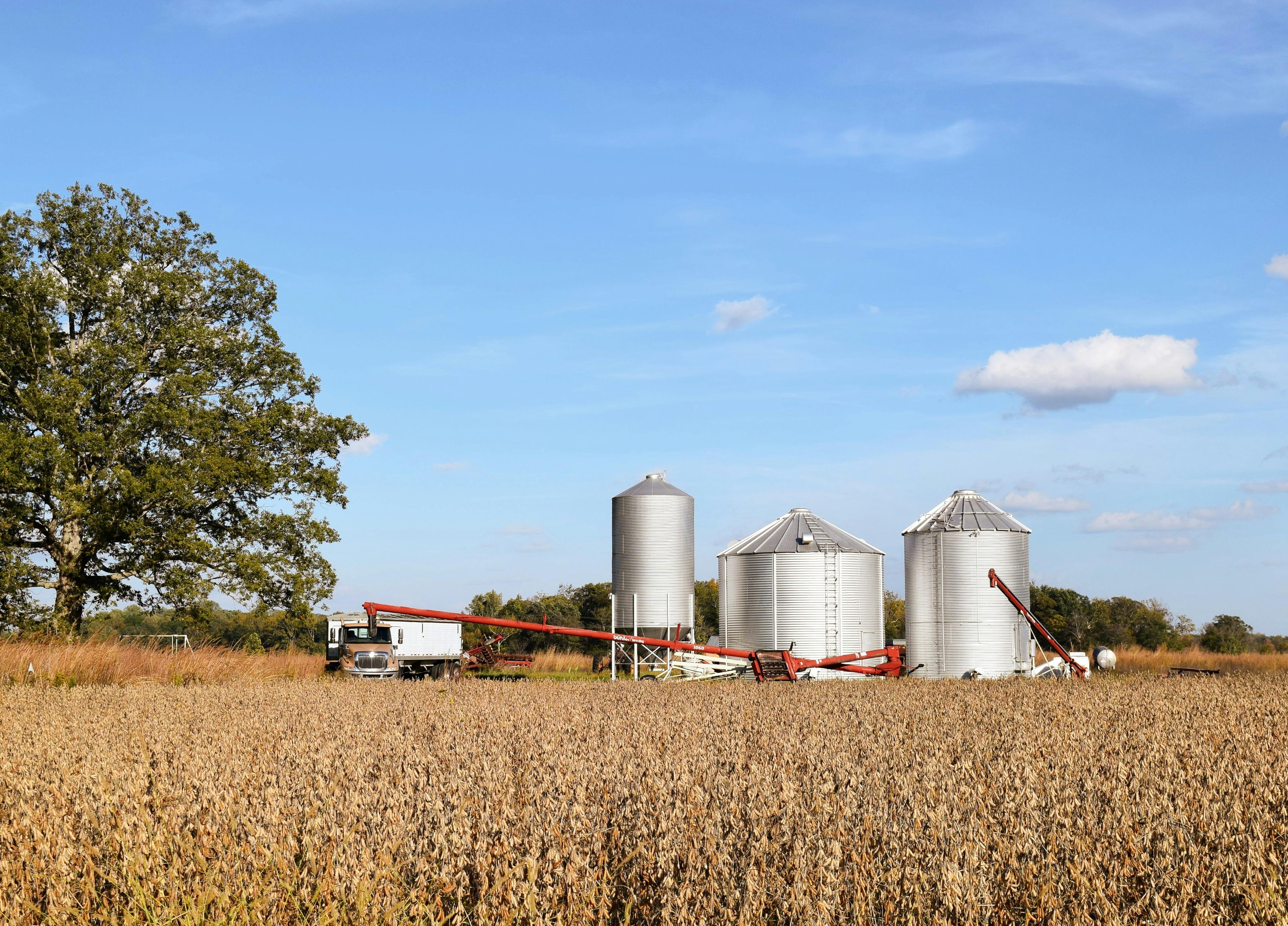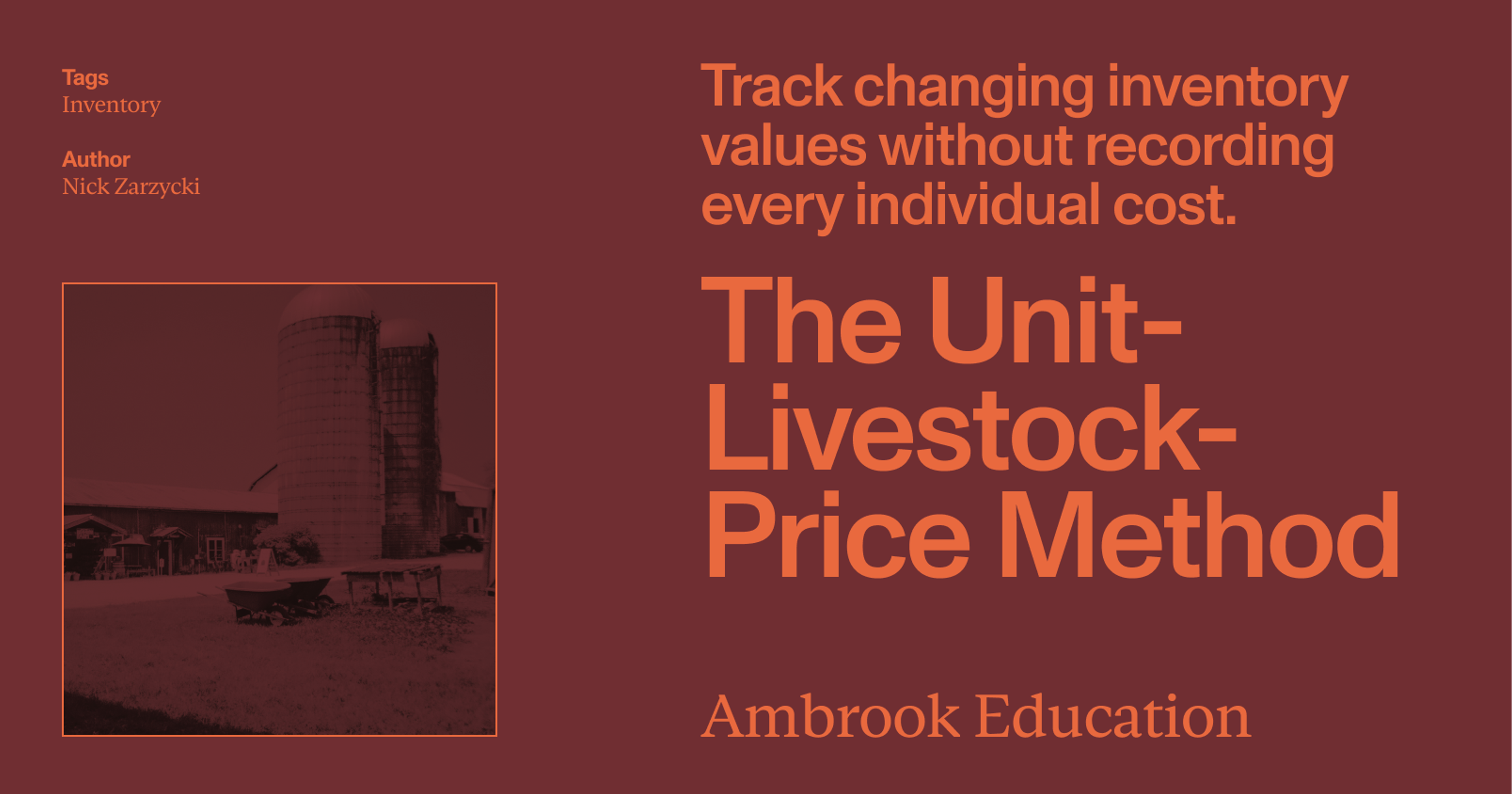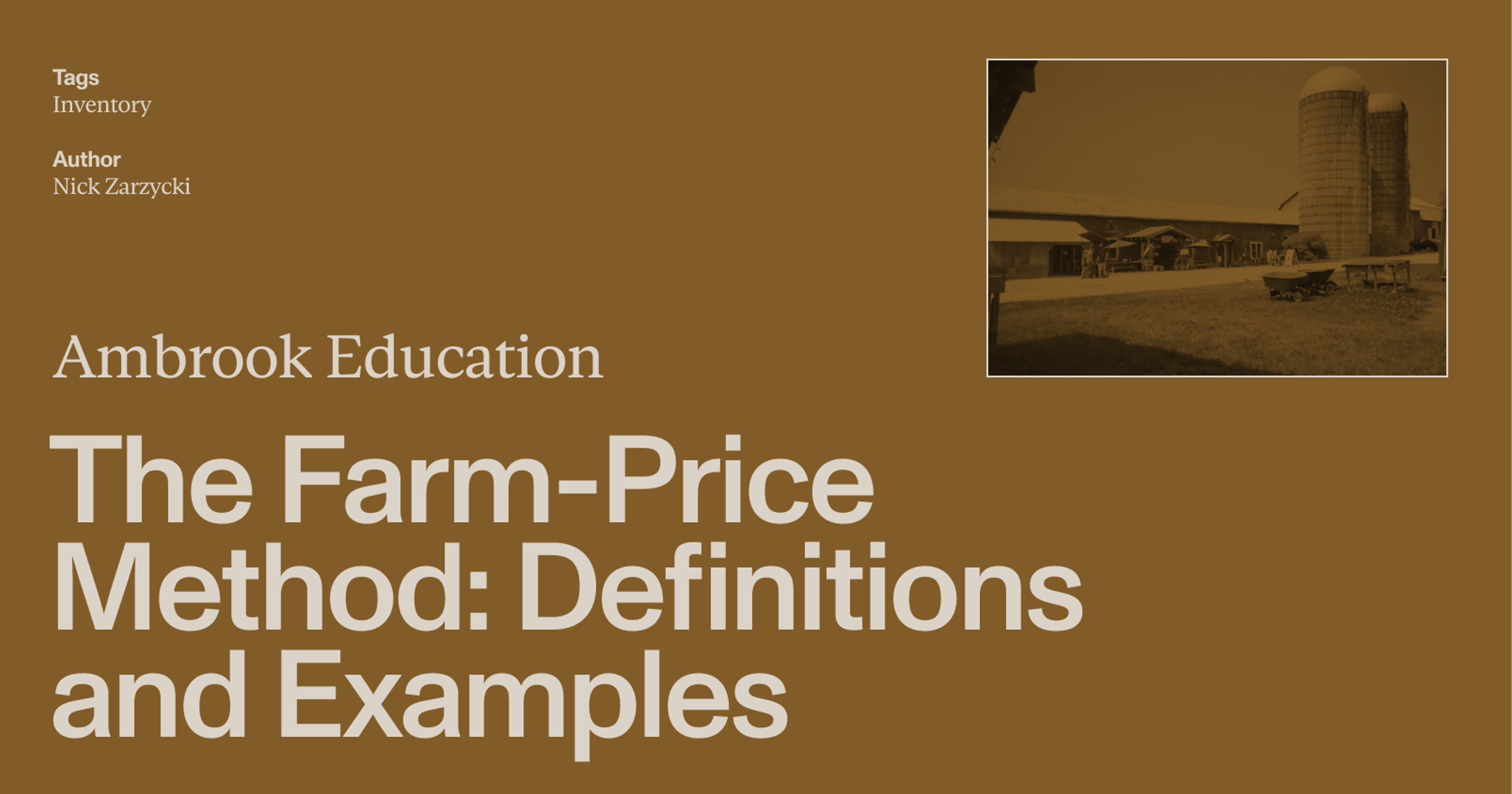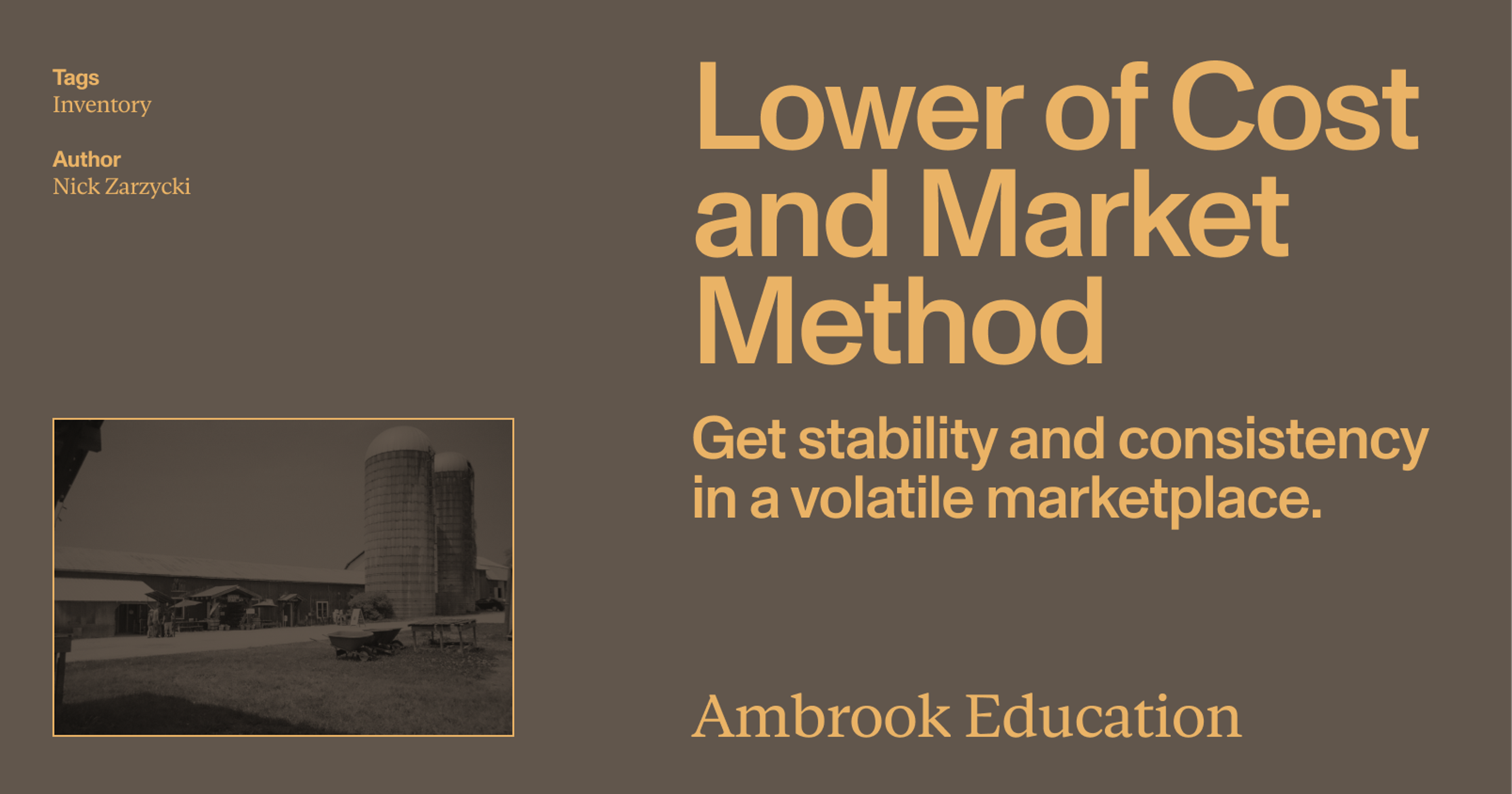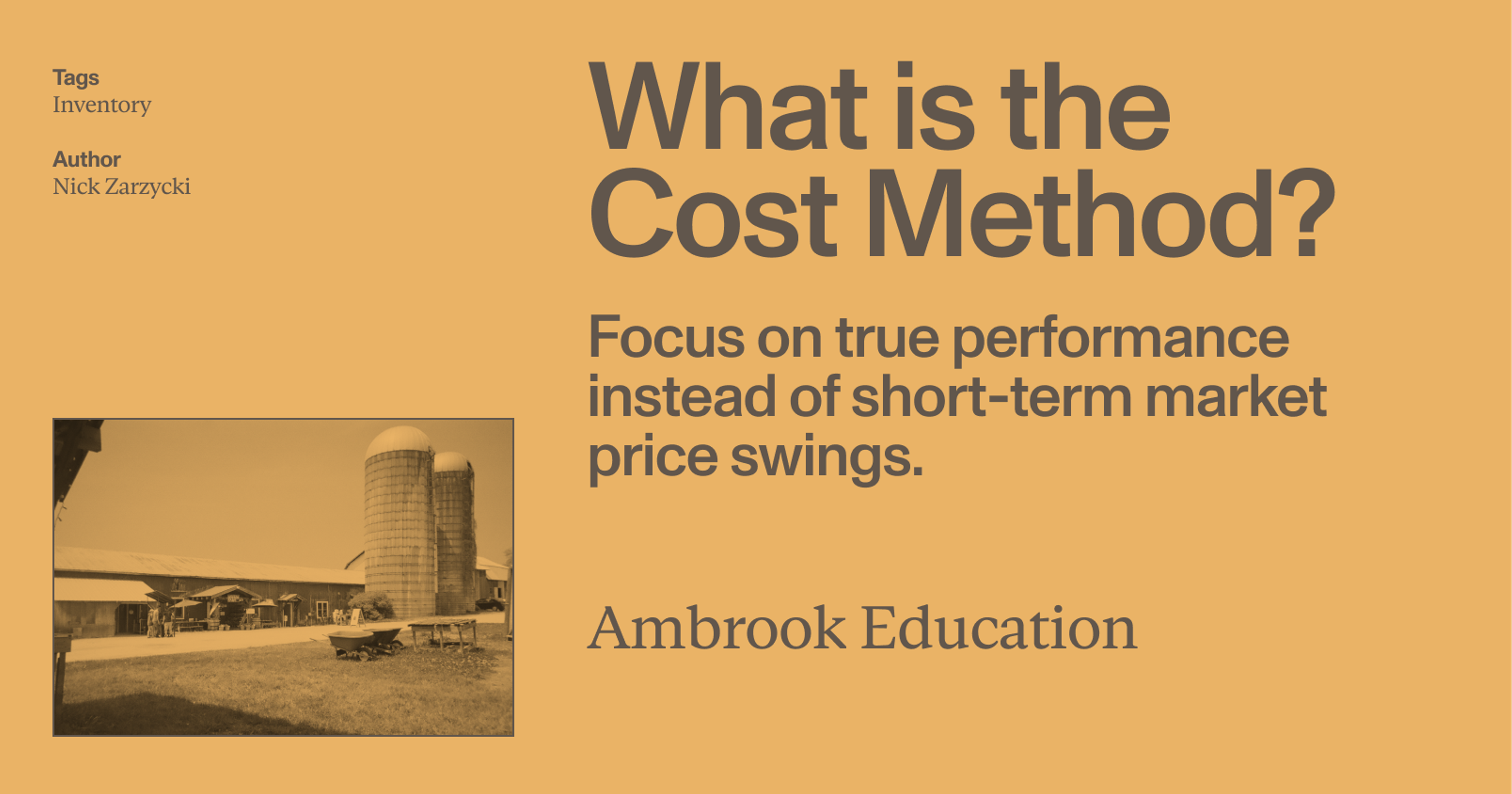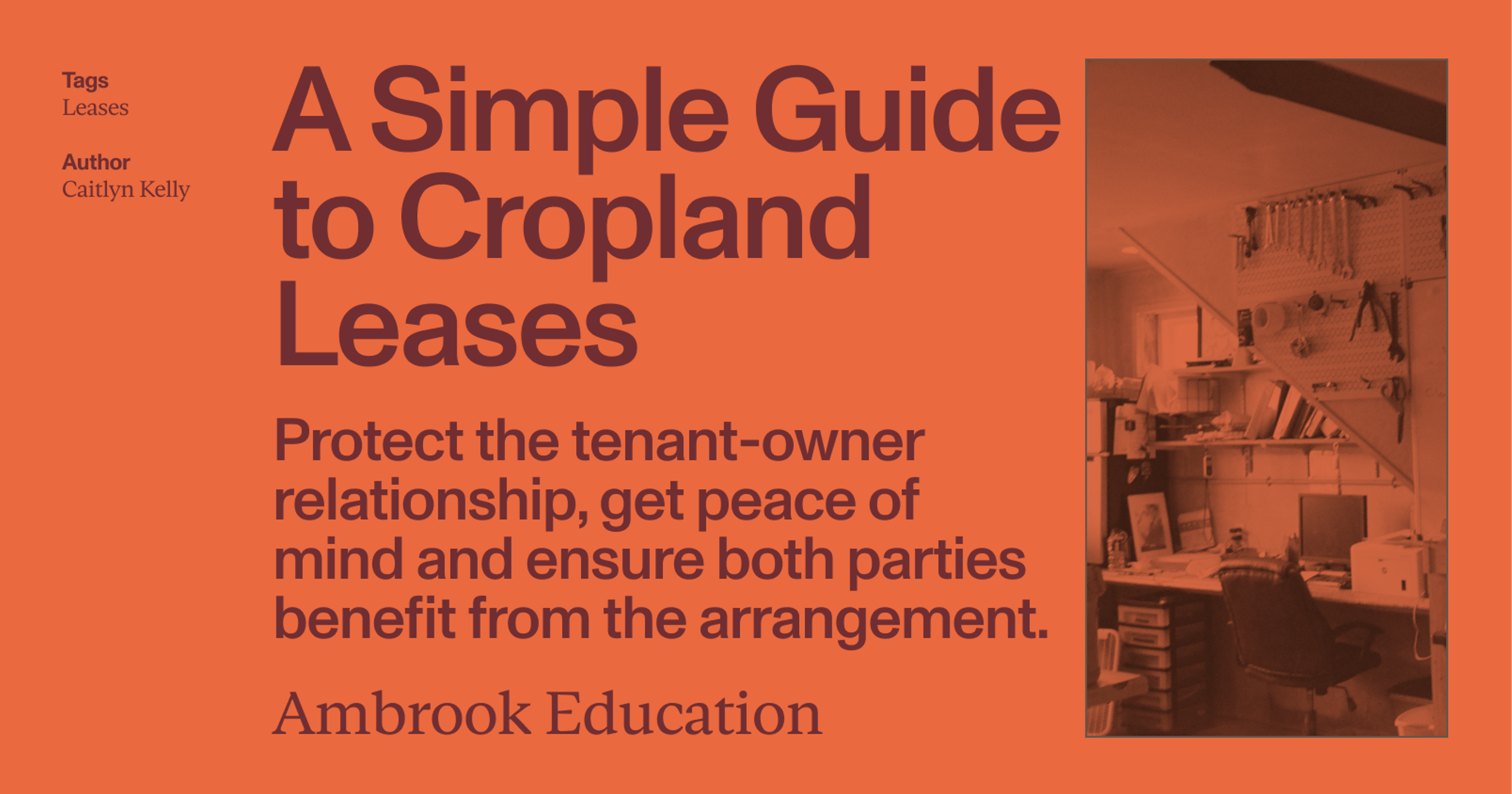Choosing the right business structure can affect your liability if something goes wrong, your taxes, how you pass the business onto the next generation and your flexibility when bringing in investors.
Running a farm or ranch today isn’t just about raising cattle or managing crops, it’s also about running a business. And just like with grazing plans or calving schedules, the choices you make early on about your business structure can have long-term consequences.
Choosing the right structure is more than just a paperwork exercise. It can affect your personal liability if something goes wrong, how much you pay in taxes, how your operation transitions to the next generation and how flexible you can be when bringing in partners, family members or outside investors.
Many farmers and ranchers start as sole proprietors or informal partnerships without realizing they have left themselves (and their families) exposed. Others rush into forming a structure without understanding the tax or succession planning impacts. The good news is that with a little guidance, you can match the right structure to your goals and avoid costly mistakes down the road.
Why choosing the right structure is so important
Agriculture is unique. A farm or ranch isn’t just another business–it’s land, livestock, equipment, and family heritage tied together. That makes choosing the right entity especially important, particularly when it comes to addressing:
High liability risk: Livestock, hired hands and visitors all bring the chance of injury or property damage. Without liability protection, your personal assets such as your house, vehicles, and savings could be at risk.
Tax sensitivity: Agricultural income can swing widely from year to year with markets and weather. The right structure can help smooth tax burdens and even unlock savings.
Succession planning: Many farmers and ranchers want to keep the business intact for the next generation or ensure a smooth transition if no heirs are available. Your entity choice directly affects how ownership can be transferred.
Financing & partnerships: Banks, government programs and investors often prefer and sometimes even require your business be structured a certain way before they lend or invest.
What happens if you delay?
If you’ve never set up a formal structure, you are likely a sole proprietor by default. That means all liability rests on you personally, and you may be paying more in self-employment taxes than necessary.
What happens if you choose the wrong one?
An ill-fitting structure can leave you with unexpected tax bills, family disputes over inheritance, or limited options for bringing in new partners. Changing later is possible, but it’s often more complicated and more expensive than starting out on the right foot.
Common business structures for ag operations
Here we’ve listed the five business structures that are available to most farmers and ranchers , starting with the simplest and moving toward the most complex. This progression mirrors the path most ag operators take as they grow and evolve.
Option 1: Sole Proprietorship
A sole proprietorship is the simplest way to run a farm or ranch. It’s the default business structure if you take no action and do not form a business entity with the state. One person owns and runs the operation, which means you and the farm or ranch are legally the same thing, and there is no separation between your personal assets and the operation.
This is how most farmers and ranchers start out before they have built up enough scale to justify any kind of paperwork or extensive planning (for example, running cows on the side of a full-time job).
Pros:
It’s simple and inexpensive. There are no state filings or complex setup required, so no cost or paperwork.
Appropriate for small, low-risk operations.
Cons:
Unlimited personal liability. If someone gets hurt on your property or you can’t pay a ranch debt, your personal home, savings and assets are on the line.
No continuity, so if something happens to you, the business effectively ends, unless the assets are passed through probate.
It’s harder to grow your business, because banks, investors and even federal programs may see a sole proprietorship as less stable than a limited liability company or corporation.
Taxes
All profits are taxed as personal income and reported directly on your tax return. You’re subject to self-employment tax on everything you earn. No option for special tax treatment or income splitting.
Liability
You’re personally responsible for debts and lawsuits. There is no legal shield between you and the farm or ranch. If a cow gets out and causes a car accident or if a ranch hand gets hurt, your personal assets can be pursued in court.
Succession
Assets pass through probate as there is no built-in way to transition ownership. Your land, livestock, and farm or ranch assets pass through your estate and can slow things down, create disputes and in some cases trigger tax burdens for heirs.
Setup Costs
There are none, beyond normal business licenses or brand inspections. If you use a “doing business as” (DBA) name, there may be a small filing fee with your county and state.
The Bottom Line
Sole proprietorships are fine for very small, low-risk operations or for testing the waters. But for anyone running a full-blown livestock or crop operation, managing employees, or looking at long-term succession, the lack of liability protection and succession flexibility usually makes this structure a poor long-term fit.
Option 2: Partnership
A partnership is two or more people sharing ownership. Similar to a sole proprietorship, this is the default if you run a business with others but do not form a formal entity. You don’t need to file anything with the state to be considered a partnership. This is common when siblings, spouses, friends or family members run an operation together and share profits and expenses.
Pros:
Simple to set up and start as there are no state filings required, the partnership exists once you agree to run the operation together.
It is a shared responsibility where partners can divide management duties, labor and financial contributions.
There is a low cost to run.
Pass-through taxation to each partner’s tax return, so no double taxation.
Cons:
There is unlimited shared liability for everyone. Each partner is personally responsible for debts and liabilities, and may even be held liable for the other partner’s mistakes.
The potential for internal disputes is unfortunately common without a written agreement.
A partnership is harder to exit cleanly if one partner wants out or passes away.
Taxes
The partnership itself files an informational return. Each partner reports their share of income on their personal return (pass-through taxation), and all income is subject to self-employment taxes.
Liability
Each partner can be held personally liable for debts or mistakes made by the other. This means if your partner signs a loan, enters into a bad deal, or someone is injured on the property, you could be personally responsible even if you were not directly involved.
Succession
Partnerships generally end if one partner withdraws or dies, unless there’s a written agreement stating otherwise. Without planning, things can get messy as heirs to both partners may end up in disputes over their share of livestock, land and other assets.
Setup Costs
Minimal with no state filing required. It is strongly recommended to have an attorney draft a partnership agreement covering ownership percentages, profit distribution, decision-making authority and exit or succession guidelines.
The Bottom Line
Partnerships can work for family or close friends in the short term, but they carry the same unlimited liability risks as a sole proprietorship with the added risk of being tied to someone else’s decisions. A well-drafted partnership agreement can help, but most farmers and ranchers eventually transition to an LLC for better liability protection.
Option 3: Limited Liability Company (LLC)
A limited liability company (LLC) is one of the most popular business structures for farmers and ranchers. It’s a flexible entity that shields owners (also called “members”) from personal liability, essentially functioning as a legal fenceline between your personal assets and the operation. That means the operation can own land, livestock, equipment and have debts while shielding you personally from many liabilities.
LLCs are relatively easy to set up and can be tailored to different parts of an operation. For example, they can be used for a single operation, or you can set up multiple LLCs, which might include:
A land ownership LLC, to protect the family land from business risk.
An operating livestock and equipment LLC, to isolate liability if an accident occurs.
An LLC for side enterprises like hunting, agritourism, or hay sales.
This setup helps protect core assets and also makes succession planning cleaner, since different heirs can inherit different LLC interests without splitting up the entire operation.
Pros:
Flexibility, as it works for single-owner operations to larger family outfits, and multiple members are allowed.
There is liability protection because members’ personal assets are generally shielded from the operation’s debts and lawsuits.
Potential for tax benefits (see below).
Professional credibility with lenders, government programs and business partners.
Cons:
Requires state filing fees and annual reports.
More recordkeeping to keep liability protection.
Unless a tax strategy is planned out and S Corporation election is made, all income is subject to self-employment taxes.
Taxes
Default is pass-through taxation, the same as a sole proprietorship or partnership. However, you can elect to be taxed as an S Corporation for savings and to reduce self-employment taxes once your income reaches a certain level. Keep in mind that if your farm or ranch is not earning enough to justify payroll, the S Corp might not save you anything and could cost more in compliance fees.
Liability
Members are not personally liable for debts or lawsuits against the LLC, except in cases of fraud or personal guarantees on loans.
Succession
LLC ownership can be transferred by passing membership interests instead of selling land, livestock, or assets directly. An operating agreement facilitates a smoother transfer of ownership, outlining how ownership will change upon death, disability, or retirement.
Setup Costs
State filing and annual renewal fees depend on the state. Typically, some attorney and accountant expenses, depending on how complex the operation is.
The Bottom Line
LLCs have become the “workhorse” entity for agriculture. They balance flexibility, liability protection, and tax options. While they require a bit more paperwork and cost than a sole proprietorship or partnership, they are often the best long-term structure for protecting both your farm or ranch and your family.
Option 4: S Corporation
An S Corporation (S Corp) is actually not a separate entity, but a tax election that farmers and ranchers with LLCs or corporations can make with the IRS. By choosing S Corp status, you can change how profits are taxed while still keeping liability protection. For agricultural operations, the S Corp often comes into play once the farm or ranch is profitable enough that self-employment taxes become a significant burden.
Pros:
A good fit when your farm or ranch shows at least $40,000 to $60,000 in net profit each year. At that point, the potential self-employment tax savings usually outweigh the extra payroll and accounting costs. The exact threshold depends on how much you can reasonably pay yourself as salary versus take as distributions.
Owners (i.e., shareholders) are not personally liable for business debts.
Cons:
S Corps have stricter rules than LLCs, allowing only up to 100 shareholders, all of whom must be U.S. citizens or residents.
You must run payroll for yourself and any employees, including withholdings and filing payroll taxes, as well as adhere to IRS compliance requirements such as deadlines and annual filings.
You must pay yourself a “reasonable salary” (compared to industry standard) before taking distributions, and unfortunately, this is a common IRS audit trigger.
Taxes
Significant tax savings with pass-through taxation, where income flows through the owners’ tax returns. Self-employment tax savings by owners paying themselves a “reasonable salary” (income taxed as wages) and taking the rest of the profits as distributions, which are not subject to self-employment tax.
Liability
Owners are generally not personally liable for business debts or lawsuits, the same as an LLC or corporation.
Succession
Ownership transfer is more restrictive than an LLC, as S Corp shares can be transferred, but there are restrictions on who can be shareholders. This can complicate succession planning if you want to leave the operation to multiple heirs with different needs.
Setup Costs
Small filing fees to elect S Corp status with the IRS. There are ongoing CPA and accounting expenses with running payroll and filing annual S Corp returns. If you are converting an LLC to an S Corp, you still pay normal LLC filing and renewal fees in your state.
The Bottom Line
An S Corp can be a smart move once your farm or ranch is profitable and you want to save on self-employment taxes. But the payroll rules and strong IRS oversight mean it is best used with the guidance of a good agricultural accountant and lawyer team. Many farmers and ranchers start with an LLC and later elect S Corp status when the timing (and profit margin) makes sense.
Option 5: C Corporation
A C Corporation (C Corp) is a legal entity separate from its owners and taxed under corporate rules. Unlike an LLC or S Corp, a C Corp pays its own taxes at the corporate level and then owners pay taxes again on dividends they receive, this is known as “double taxation”.
While less common for farmers and ranchers, some larger operations or multi-generational family businesses do choose a C Corp for specific tax planning or succession reasons, so it is worth understanding.
Pros:
Strong liability protection as owners (“shareholders”) are fully shielded from the operation’s debts and lawsuits.
Easier to raise capital by issuing shares, which may appeal to outside investors.
Certain fringe benefits costs such as health insurance and retirement accounts, can be deducted.
Potential tax planning advantages for large or complex operations, as income retained in the corporation may be taxed at a lower rate than personal income.
Cons:
There is double taxation, which is when income is taxed once at the corporate level and again when distributed to owners as dividends.
There are heavier compliance burdens as C Corps require articles of incorporation, bylaws, annual meetings, a board of directors, and keeping detailed records.
Taxes
Double taxation as described above. The corporation files its own return. Some farms and ranches may benefit by retaining earnings in the corporation for reinvestment, but this requires careful tax planning.
Liability
C Corps have one of the strongest liability shields available, as owners are strongly protected from the corporation’s debts and lawsuits.
Succession
Shares can be transferred to heirs or sold, but this process is more formal than with an LLC. A C Corp can help structure multi-generational ownership, but it is not ideal for small family farms and ranches because of its rigid structure.
Setup Costs
C Corps have higher state and federal filing fees, plus significant ongoing accounting and legal support.
The Bottom Line
C Corporations are rarely the best fit for most family farms and ranches. They can make sense for very large operations, outside investors, or operations that want to retain earnings in the business. But for most farmers and ranchers, an LLC or S Corp provides similar liability protection with far less complexity.
So which business structure is right for you?
| Business Liability Protection | Income Passed Through | Self-Employment Income Savings | |
|---|---|---|---|
| Sole Proprietorship | X | ✓ | X |
| Partnership | X | ✓ | X |
| Limited Liability Company | ✓ | ✓ | X (unless S Corp election) |
| S Corporation | ✓ | ✓ | ✓ |
| C Corporation | ✓ | X | X |
There is no one-size-fits-all business structure for a farm or ranch. For some, keeping it as simple as possible with a sole proprietorship makes sense. For others–especially those thinking about succession, liability, or tax efficiency–an LLC with an S Corp tax election may be a better fit. If your operation is small and just breaking even, an S Corp usually is not worth the extra cost. But once you’re running a profitable operation with consistent income, the tax savings can be significant.
Next Steps
The key to choosing the right structure is to be intentional. A few hours of planning now can save your family from liability risks, tax headaches and inheritance disputes down the road.
Take a realistic look at your operation’s size, income, risks, and long-term plans.
Talk with a CPA or attorney familiar with agriculture to see which structure fits best.
If you are considering an LLC or S Corp, read Ambrook’s LLC and S Corp decision guides, as well as their guide to filing your taxes as an S Corp (Form 1120-S).
Set your business up for success with Ambrook
Keeping a complete set of farm financial records empowers you, your family, and your advisors to make important business decisions—like choosing the right business structure—based on facts rather than assumptions.
With time-saving bookkeeping automation features, automatically-generated financial reports, streamlined bill pay and invoicing, and other powerful accounting and financial management tools, Ambrook is more than just a bookkeeping and accounting tool. It takes the guesswork out of running your business. Want to learn more? Schedule a demo today.
Want to learn more about Ambrook?
This resource is provided for general informational purposes only. It does not constitute professional tax, legal, or accounting advice. The information may not apply to your specific situation. Please consult with a qualified tax professional regarding your individual circumstances before making any tax-related decisions.
